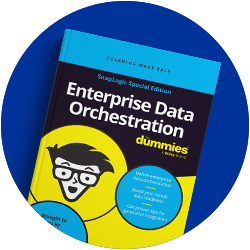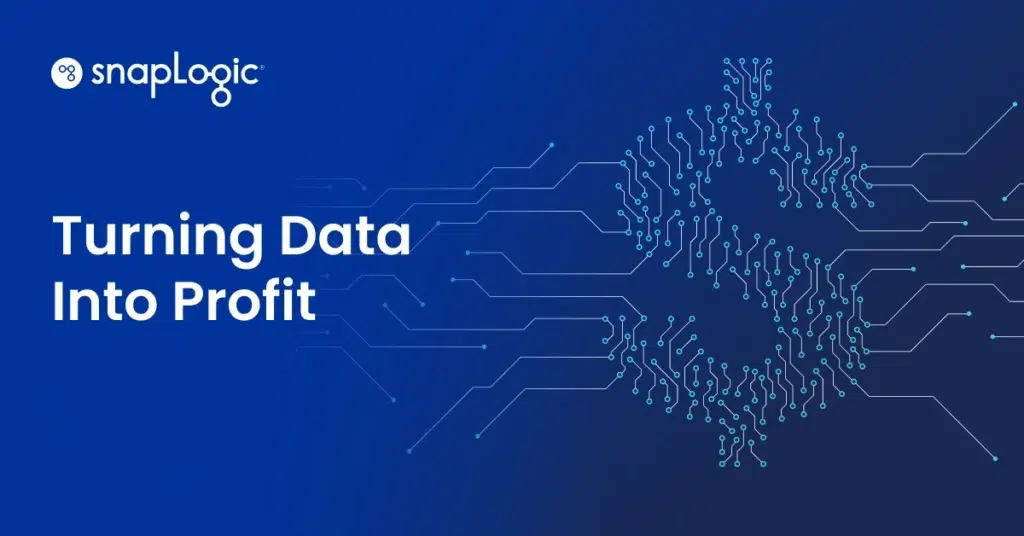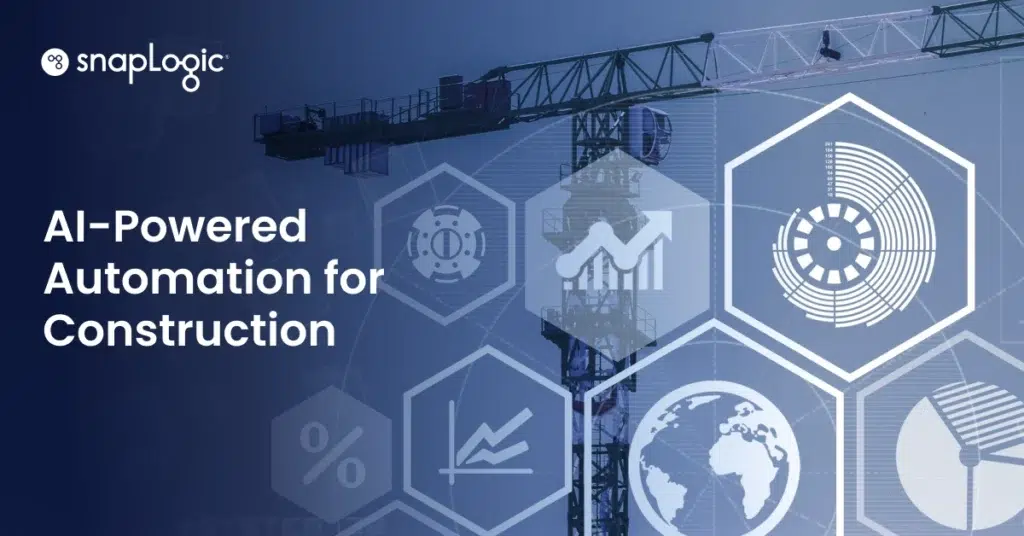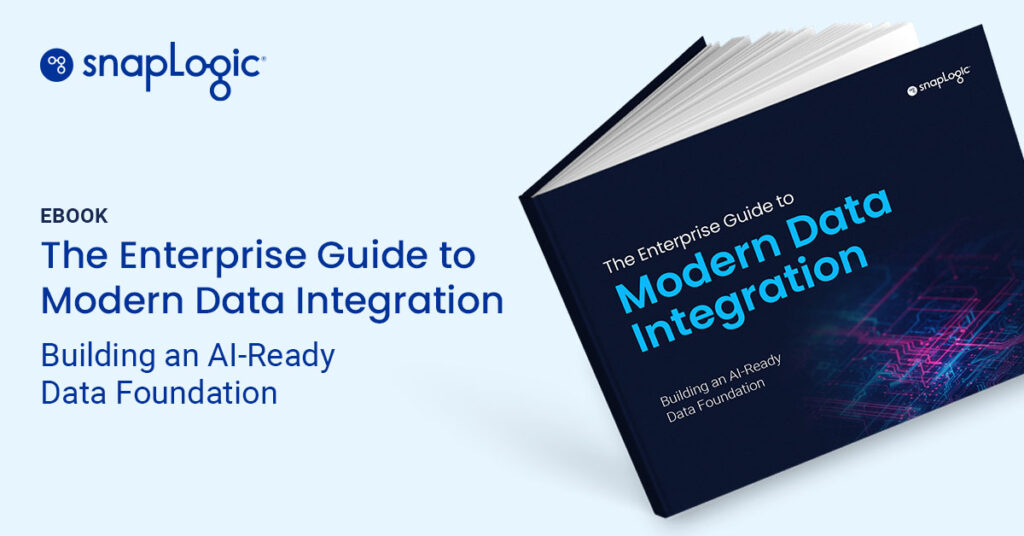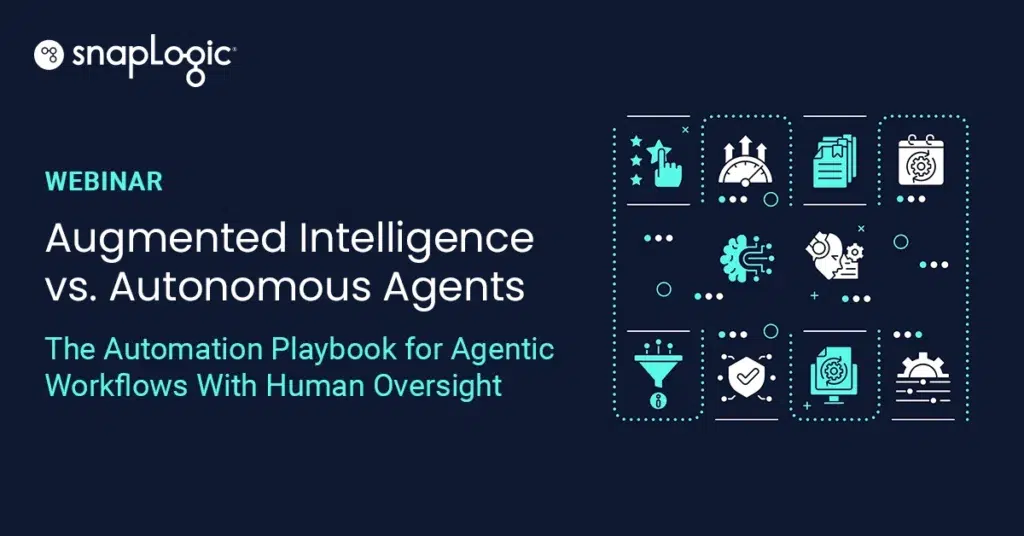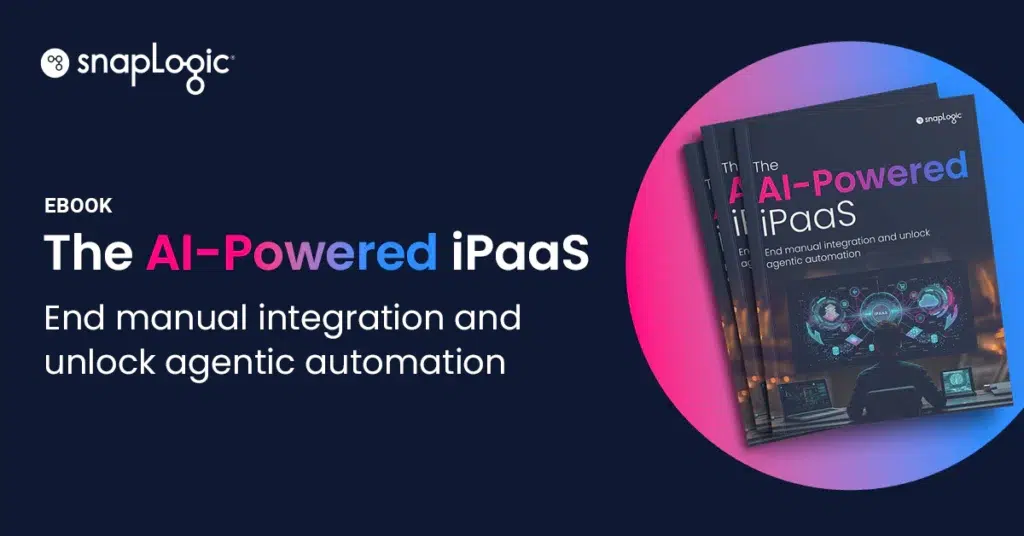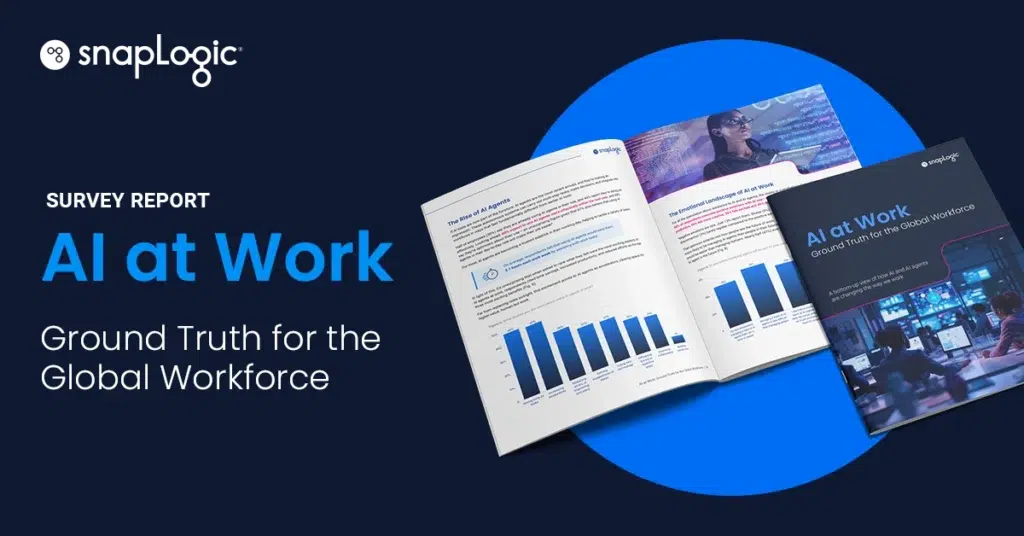L'intégration Kafka relie Apache Kafka à d'autres systèmes et applications, ce qui vous permet de déplacer, de traiter et de gérer des flux de données en temps réel au sein de votre entreprise. Avec Kafka, vous pouvez créer des pipelines de données évolutifs qui connectent des environnements cloud, sur site ou hybrides, tout en maintenant une faible latence et un débit élevé. L'intégration de Kafka signifie que vos API, vos sources de données et vos plateformes de streaming peuvent publier ou consommer des messages par le biais de sujets et de partitions Kafka, ce qui facilite la prise en charge d'architectures flexibles et axées sur les événements.
Principaux enseignements
- L'intégration Kafka relie les pipelines de données en temps réel, les plateformes de streaming et les API au reste de votre pile technologique.
- Vous pouvez ingérer, agréger et analyser des données provenant de sources multiples sans transfert manuel, ce qui est parfait pour l'analyse en temps réel et les applications modernes de diffusion en continu.
- Les connecteurs Kafka pré-intégrés de SnapLogic prennent en charge l'authentification (y compris SSL et SASL), ce qui simplifie la création et l'évolution d'intégrations sécurisées et tolérantes aux pannes.
Pourquoi l'intégration de Kafka est-elle importante ?
Les organisations d'aujourd'hui s'appuient sur des technologies open-source comme Apache Kafka pour déplacer des données dès leur création, qu'il s'agisse de données de flux de clics, de mises à jour IoT ou de transactions financières. L'intégration de Kafka vous permet d'automatiser les workflows, de prendre en charge les microservices et de faire le lien entre les systèmes existants et les nouveaux magasins de données cloud comme AWS, Azure ou Oracle. Avec SnapLogic, vous pouvez utiliser l'intégration Kafka pour gérer les métadonnées, configurer les points de terminaison et surveiller les mesures dans l'ensemble de votre écosystème de données.
Comment fonctionne l'intégration Kafka
- Les producteurs publient des messages vers les sujets et les partitions Kafka, en poussant les données dans la file d'attente des messages.
- Les brokers Kafka distribuent et stockent ces messages à des fins de durabilité et d'évolutivité, et s'exécutent souvent dans le cadre d'un cluster Kafka (autogéré ou dans Confluent Cloud).
- Les consommateurs (organisés en groupes de consommateurs) lisent les données des sujets Kafka, traitent les messages et les transfèrent vers d'autres systèmes ou bases de données.
- La plateforme SnapLogic vous permet d'utiliser Kafka Connect et des connecteurs personnalisés pour relier votre cluster Kafka à des entrepôts de données, des API, des bases de données SQL ou des points d'extrémité basés sur JSON. Les données peuvent circuler en temps réel entre les services sur site et en cloud .
Cas d'utilisation courants
- Analyse en temps réel : Envoyez des données sur l'activité des utilisateurs à partir d'applications web ou mobiles vers des outils d'analyse avec un faible temps de latence.
- Intégration IoT : Collecte de données de capteurs à partir d'appareils et transmission en continu vers des plates-formes de surveillance ou des entrepôts de données cloud .
- Ingestion de lacs de données : Diffusez des données à fort volume directement dans les lacs de données AWS, Azure ou sur site pour la création de rapports, l'IA ou l'apprentissage automatique.
- Orchestration de microservices : Utilisez Kafka comme colonne vertébrale pour la communication entre les microservices et les applications pilotées par les événements.
- Applications de flux : Construire des pipelines de traitement de flux fiables et évolutifs à l'aide de Kafka Streams et de clients basés sur Java.
FAQ
Comment SnapLogic prend-il en charge l'intégration de Kafka ?
SnapLogic fournit des connecteurs faciles à utiliser pour Kafka, ce qui simplifie la mise en place de l'authentification, la gestion de la configuration et le suivi des mesures, que vous exécutiez Kafka sur Confluent Cloud, AWS, Microsoft Azure ou sur site.
Pourquoi utiliser Kafka plutôt que les outils d'intégration traditionnels ?
Kafka est conçu pour le traitement de flux en temps réel, à haut débit et tolérant aux pannes. Si vous avez besoin d'un mouvement instantané et fiable de gros volumes de données, en particulier dans les plateformes de streaming ou les scénarios d'intégration de données, Kafka est un choix de premier ordre.
L'intégration de Kafka peut-elle aider les systèmes existants ?
Oui. SnapLogic peut faire le lien entre l'ancien et le nouveau en déplaçant les messages entre Kafka et les bases de données existantes, les magasins de données SQL, ou même les environnements Oracle et Microsoft.
Où puis-je en apprendre davantage ?
Consultez la documentation officielle de Kafka pour obtenir des tutoriels, des conseils de configuration et des cas d'utilisation avancés.

